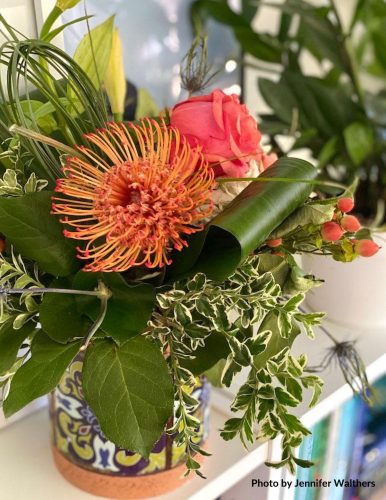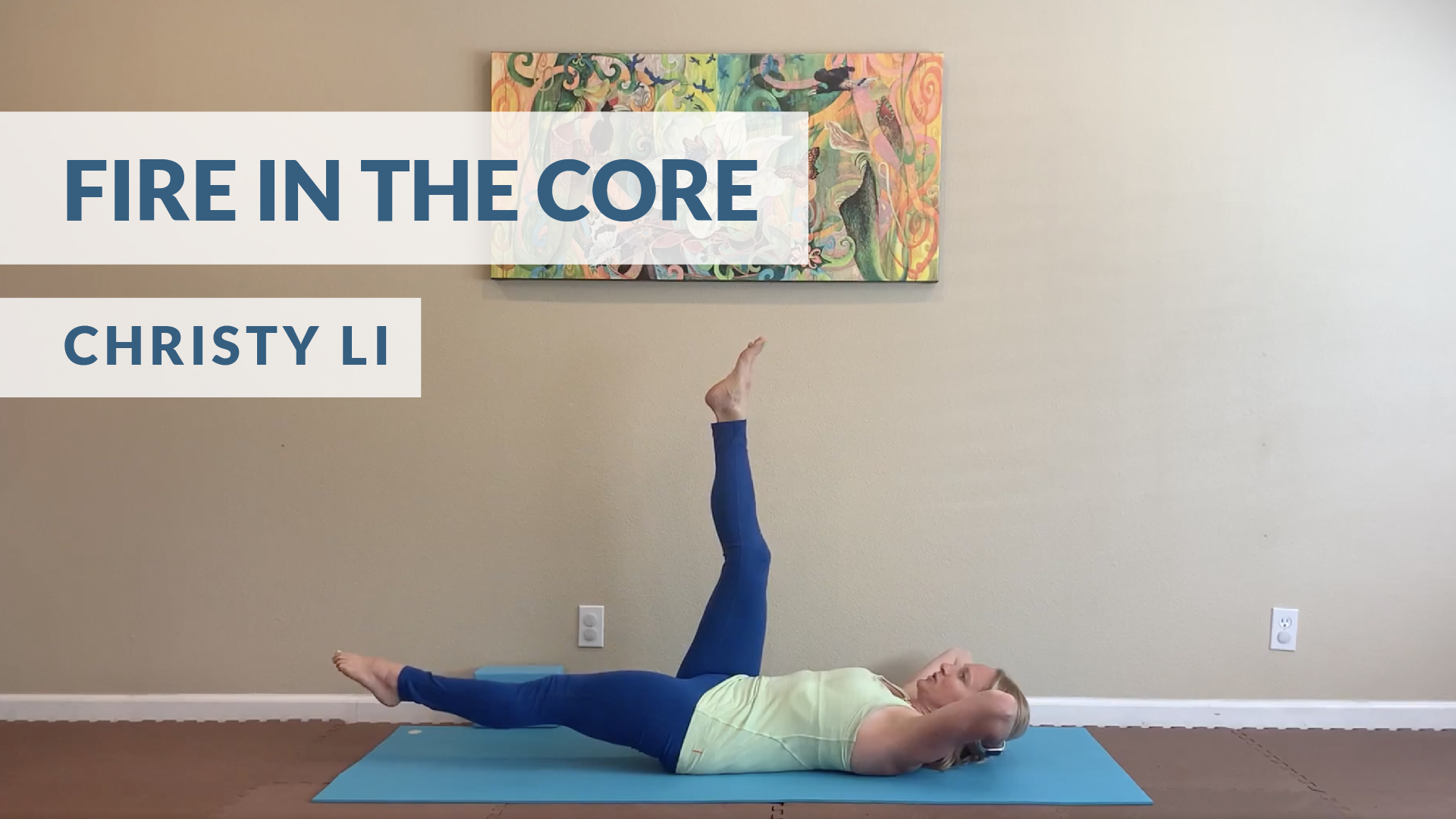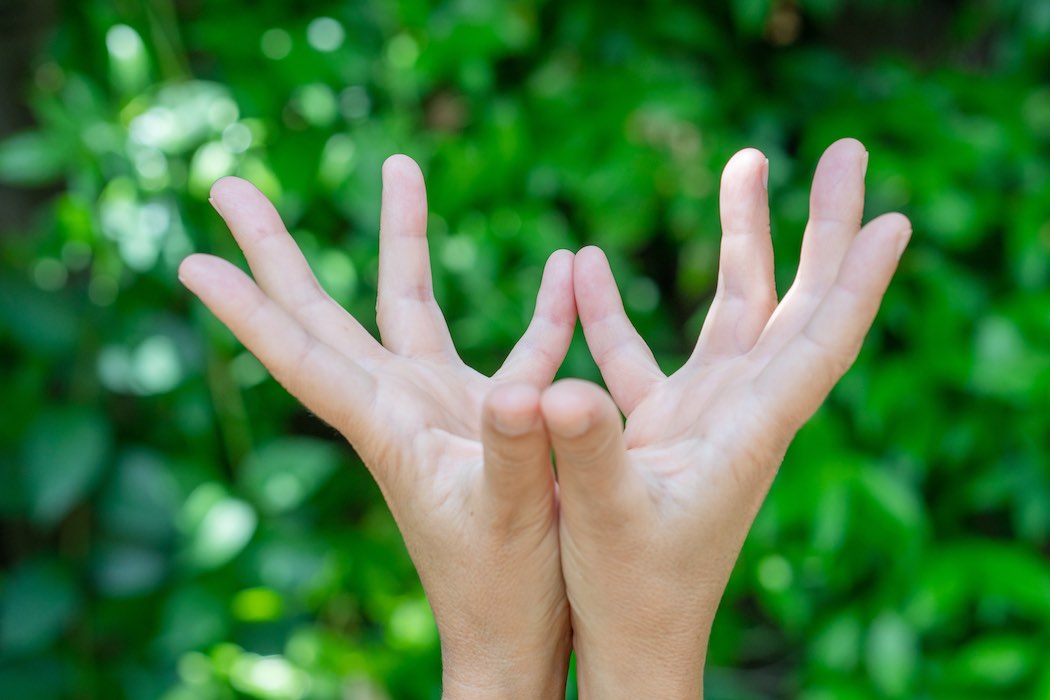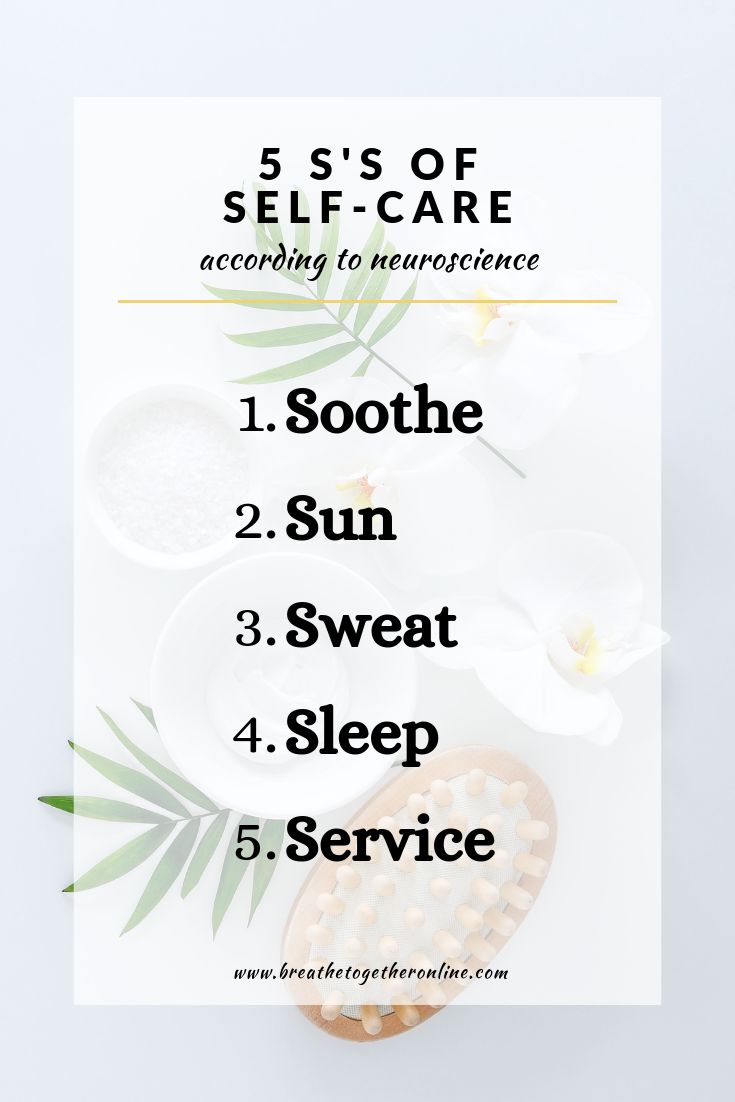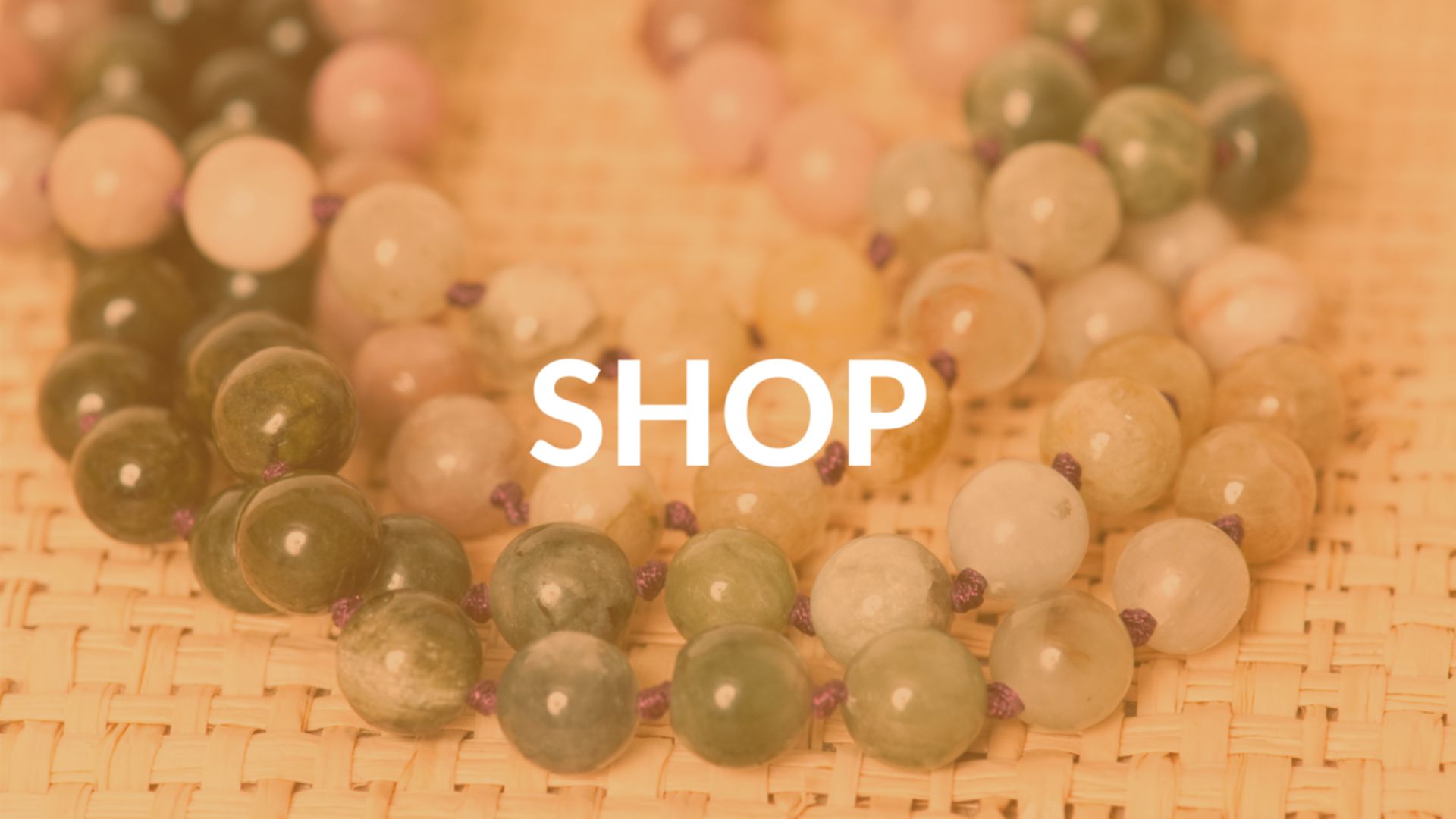Looking forward to autumn, toward continuing to work and learn from home, I’m drawing on my background in Feng Shui to bring as much support into our home environment as possible. One of my favorite tools for uplifting the energy at home is flowers. Flowers can be a powerful chi enhancer, especially useful in the public spaces of our homes. The places we gather together to eat, play, study, and work can all benefit from the addition of flowers.
Humans have cultivated flowers for over 5,000 years. Blooms pack some serious symbolism. They’ve been used as a symbolic language to convey sympathy, remorse, romance, and celebration. Flowers have been used in religious and secular ceremonies, burials, and in self-adornment through fragrance, live florals, and representative patterns on clothing and jewelry. They’ve even played a starring role in a handful of reality TV shows.
Researchers have found that receiving and observing flowers improve our moods and sense of social connection. Another study found that workplaces enriched with flowers and plants saw significant increases in productivity in the areas of innovative thinking and creative problem-solving. Cultivating flowers and bringing them into the home are easy ways to enhance our emotional well-being, sense of connection, and productivity.
Using the five-element theory, flowers are also an easy way to balance the energy in our homes. The five elements of Feng Shui are wood, fire, earth, metal, and water. Creating a balance of these energies uplifts our own. Here are a few ways to bring the five elements home the next time you are considering a bouquet:
- Flowers and plants are inherently representative of the wood element. For more wood energy, consider flowers with woody stems like peonies and lilacs. Choosing arrangements with greenery also strengthens the wood element.
- To enhance the fire element, consider flowers with conical shapes, such as lupines and larkspurs. Colors in the red spectrum, ranging from pale pinks to deep burgundies, amplify fire. Pointed petals and foliage, such as the pointed leaves on roses, also boost the fire element.
- Earth element can be brought in through your choice of container by placing flowers in a ceramic or earthenware vase. Flowers in earth tones range from beiges, tans, yellows, and oranges and raise the earth element. Consider an arrangement with yellow or orange lilies.
- To bring in more of the metal element, look for flowers and greenery with circular shapes or white and pastel colors. Flowers with a spherical mass, like hydrangeas, also bring in metal.
- Cut flowers will need to be placed in water to prolong their beauty. The water element can also be added by using a glass or cut-crystal vase for display. Deep, dark tones add to the water element. Purple tones found in anemones and irises, as well as the chocolate brown centers in sunflowers and black-eyed Susans, also bring in the water element.
As I start to wrap my mind around another season of sheltering in place, I’m planning to leverage some of the simple fixes for improving our chi at home. I’ll be placing fresh flowers where we do our distance learning and on the dining room table, in hopes that they lift our productivity and emotional well-being, and the chi will support and keep us a little happier at home.


